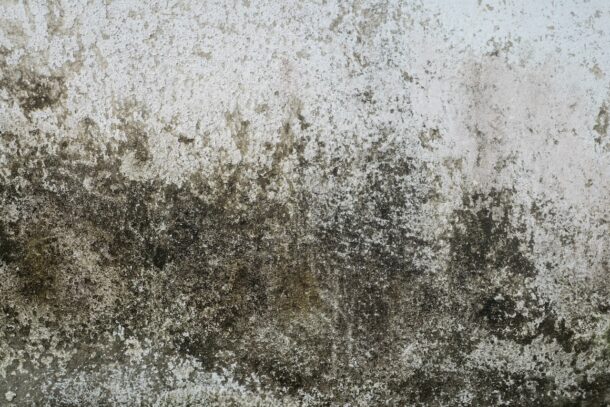Tips to Remove Mould in the Basement

Basements are prone to mould growth due to frequent moisture problems and the lack of light and ventilation in these areas. In case the basement mould problem is severe, hiring a professional mould removal company is strongly recommended. However, small spots of mould can be removed by property owners with the help of a few key guidelines:
Assessing the Size of the Affected Surface
If the mould growth area covers less than 1 square meter, the area can be cleaned without hiring professional services. However, areas larger than 1 square meter usually require professional mould removal services.
Wearing Protective Gear
Before going into the basement to start the mould cleanup, property owners should wear protective gear: clothing that covers the whole body, dust filter mask or respirator, goggles and gloves. During the mould removal process, mould spores will likely be released into the air, and inhaling them is hazardous.
Fixing the Moisture Problem
When deciding to remove mould in the basement, the moisture problem should be detected and fixed. Mould often occurs in the basement after a flood, in which case the water must be quickly removed. Other times, moisture is a result of condensation or may seep through walls, ceiling or floor due to leaking pipes or cracked surfaces. The moisture source should be fixed and wet surfaces must be dried.
Finding the Mould
Once the moisture problem is fixed, the mould should be detected and removed. It may grow on many different surfaces, such as concrete walls, drywall, wall cavities, ceiling, floor, insulation, furniture and more. A mould test kit can be used to sample both air and surfaces for mould spores.
Sealing off the Basement
Before cleaning the mould, the basement should be sealed off to prevent mould spores from spreading to the rest of the house. Openings such as vents or doorways should be covered using plastic sheets and duct tape. Additionally, dry mould can be moistened a little to prevent mould spores from being stirred up into the air.
Cleaning the Mould
Mould should be scrubbed off with detergent and water or with a mould killing product. Porous materials, such as drywall or carpet, may have to be thrown away and replaced. Once the mould removal is finished, surfaces and items should be left to dry. Then, the room should be vacuumed with a HEPA filtered vacuum cleaner.
Preventing Mould from Recurring
After the mould removal is finished, it’s recommended to waterproof the basement by applying sealant to walls or floors. A dehumidifier can be used to control the moisture levels in the basement. The basement should be cleaned and vacuumed once a week to help prevent basement mould. Finally, condensation can be prevented by insulating exterior walls, roofs, windows and pipes.
Mould can also grow in other areas of the home, especially in the bathroom. Bathroom mould removal and prevention tips can be found here. Sometimes, mould can even grow in the least expected places of a home – learn more here. The PuroClean team stands ready to provide professional restoration services to any property affected by fire, water or mould damage.
Follow us on Twitter, Facebook, Google+ and LinkedIn to get our notifications!